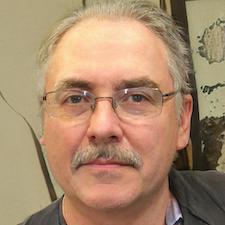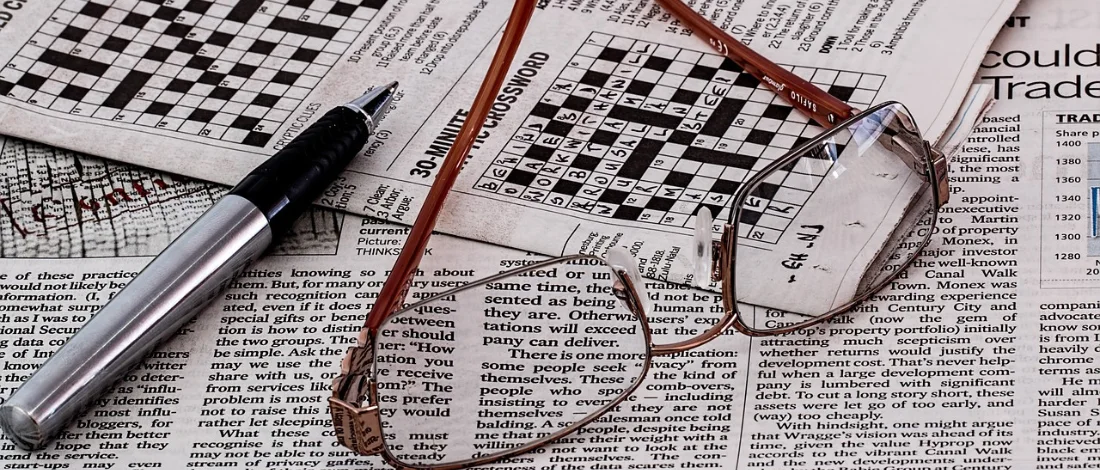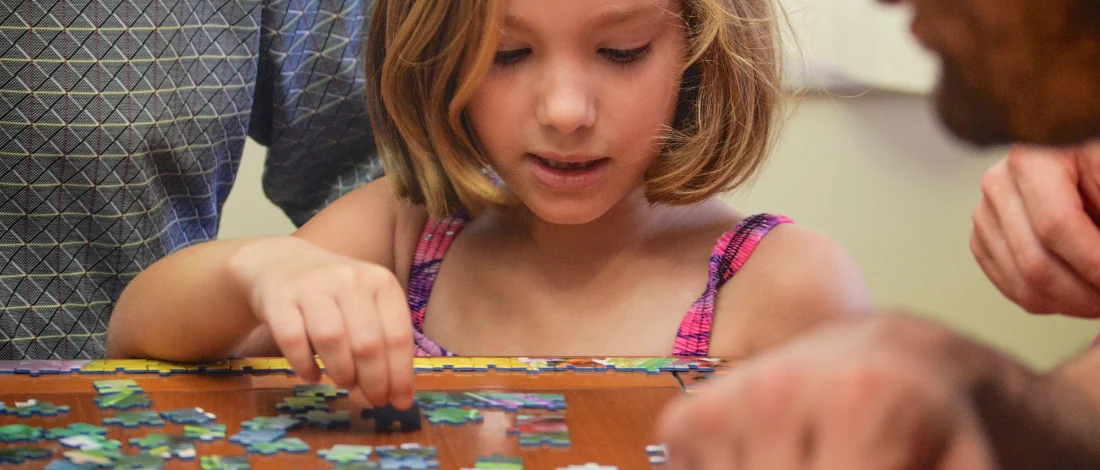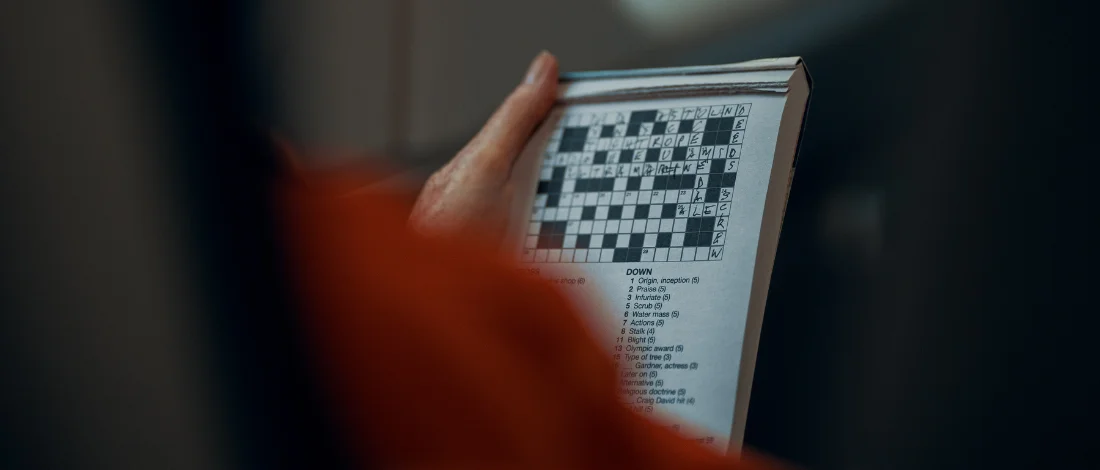Crossword puzzles have captivated puzzle enthusiasts for decades, challenging minds and sparking joy in the process. Behind each meticulously crafted crossword lies a fascinating blend of art and science. This article delves into the intricacies of crossword construction, unveiling the techniques and considerations that go into creating engaging and satisfying puzzles.
I. Understanding Crossword Structure
Crossword puzzles are structured grids of interlocking words, divided into horizontal (across) and vertical (down) clues. The construction process begins with the grid, which typically consists of white squares (to be filled with letters) and black squares (to separate words). Constructors employ a variety of grid patterns, such as symmetrical designs, to ensure an aesthetically pleasing and balanced layout.
II. Vocabulary and Wordplay
A crossword's success heavily relies on the quality and variety of words used as answers. Constructors carefully curate a diverse vocabulary, drawing from a range of topics and difficulty levels. They strike a delicate balance between familiar words and lesser-known terms to keep solvers engaged. Additionally, constructors employ wordplay techniques like puns, homophones, anagrams, and double entendres to inject creativity and challenge into the clues.
III. Theme Development
One hallmark of a well-constructed crossword is an engaging and coherent theme. Constructors select a central theme and interweave related words or phrases throughout the puzzle. Themes can revolve around a specific topic, a play on words, or even hidden patterns within the grid. Skillfully executed themes provide solvers with an additional layer of enjoyment and satisfaction upon completion.
IV. Clue Writing

Crafting clever and precise clues is an art form in itself. Constructors must strike a balance between offering enough information to guide solvers and providing a tantalizing challenge. Clues can take various forms, including straightforward definitions, cryptic wordplay, or cleverly disguised hints. The goal is to ensure that solvers experience a mix of "aha" moments, rewarding their intellect and problem-solving skills.
V. Grid Fill and Crossword Software
Once the framework of the puzzle is in place, constructors face the intricate task of filling in the remaining grid squares with intersecting words. This process requires careful consideration of letter combinations and the avoidance of crosswordese (overused, crossword-specific words). To aid in the construction process, constructors often use specialized crossword software that assists in grid creation and word selection, while ensuring the puzzle adheres to standard rules and conventions.
VI. Iteration and Testing
The process of crossword construction often involves multiple iterations and extensive testing. Constructors refine clues, tweak grid fill, and fine-tune the overall puzzle to ensure solvers experience a smooth solving journey. Constructing colleagues, beta testers, and solving software help identify and rectify any potential issues, ensuring the puzzle is both challenging and solvable.
Crossword construction is a captivating blend of art and science, combining meticulous grid design, creative vocabulary selection, and the craft of clue writing. The constructors' ability to strike a balance between challenge and solvability is what makes a crossword puzzle truly engaging. Whether you're a solver or an aspiring constructor, understanding the art and science behind crossword construction adds a new layer of appreciation for these timeless brain teasers.




